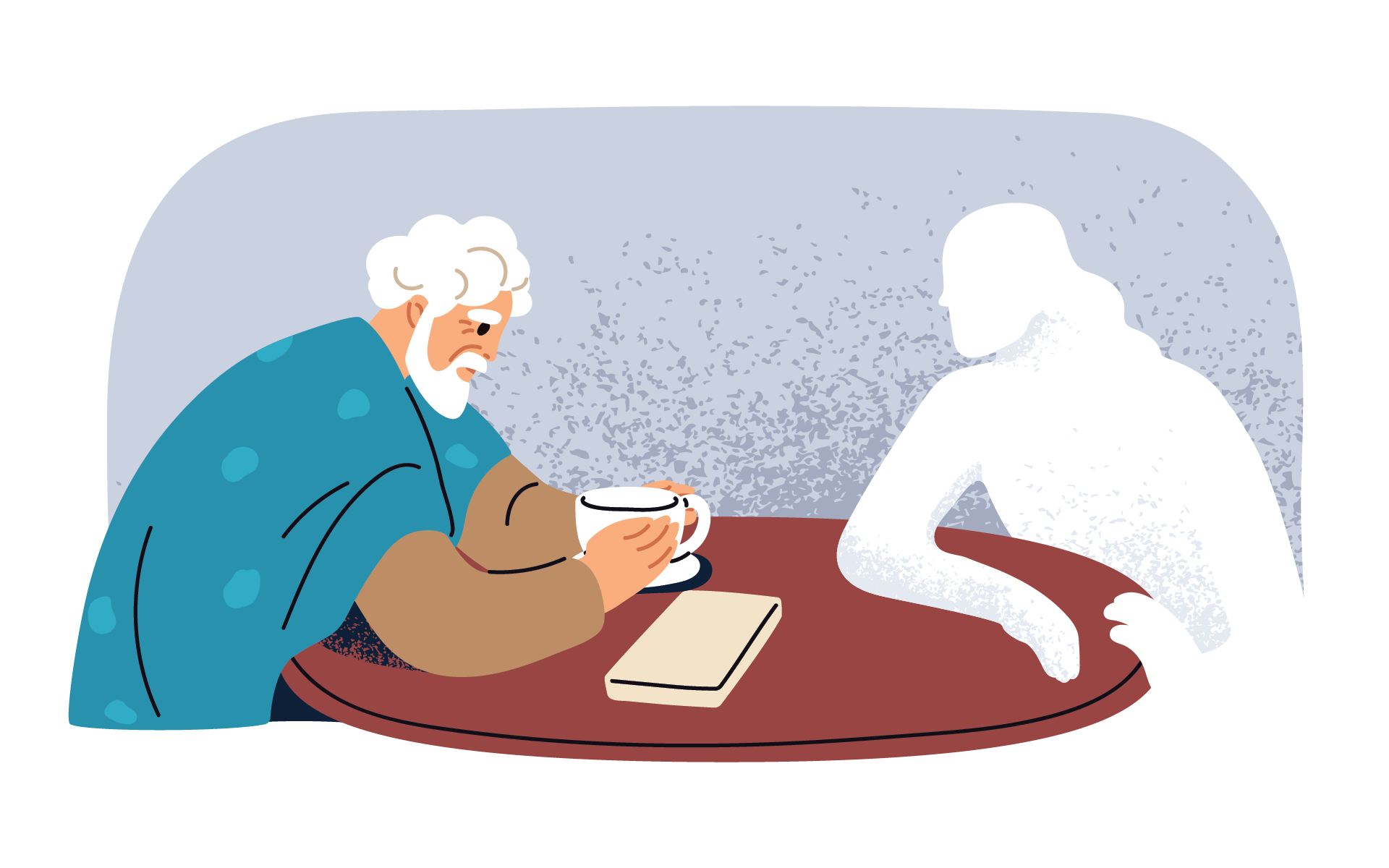1. Build a Support Team
Well-meaning friends and relatives may say: “Life doesn’t give you more than you can handle.” But that doesn’t mean you have to handle it alone. Caregiving can be relentless, exhausting, and overwhelming. For family caregivers like myself, there can be a sense of loneliness and isolation, which can affect your overall health and well-being. As a friend of a family caregiver, take the first step of building a short list of close family or friends who are able to help in any way.
2. Let It Go
How can you encourage caregivers to pace themselves to remain emotionally and physically strong? What helped me “let go” was a family member who took that short list from step 1 and divvied up daily tasks and errands by creating a schedule. Loved ones consistently delivered meals, purchased groceries, helped with house and yard work, attended doctor’s appointments, and much more. I found it helpful to ask friends and to use some of the many resources available online to help navigate the complexities of insurance, social services, medication, and financial management.
3. Step Away and find Humor
Regardless of how strong and positive caregivers try to be, daily life involves sadness and suffering. Friends would encourage me to step away and find the humor in life’s struggles, whether it time spent with a group of friends or watching a funny TV show or movie. Laughter can truly be the best medicine. Laughter can also help reduce pain, drop levels of stress hormones, and release endorphins which can bring positive changes to your mindset.
4. Take Focus Off the Physical
Remind the caregiver to focus on more than just physical care. A typical day is focused on physical needs and limitations, which can be degrading and frustrating for both the loved one and caregiver. I connected with my mother by making our time together as enjoyable as possible. This could be anything from sharing stories, trying a new hobby, or finding a new favorite TV show to watch. Caring for my mother was one of the most rewarding things I have done in my life, but it was also the hardest.
5. Share with Those Who Care
Encourage caregivers to openly share and communicate hopes and fears, joys and sorrows, and everything in between. Putting words around the things you’re experiencing and feeling will not be easy, but it will be cathartic. Even if you don’t consider yourself a writer, take a little time each week to record your feelings in a journal—there are services online, such as the CaringBridge. I started my mother’s CaringBridge website when she was first diagnosed in 1998 and again in 2001 when she was stricken with liver cancer. The advantage to capturing your story in this way is the ability to garner strength and support from those who love you and want to help. I also have a permanent record of my time with my mother that captured my thoughts and feelings, but also the love people had for my mother.







